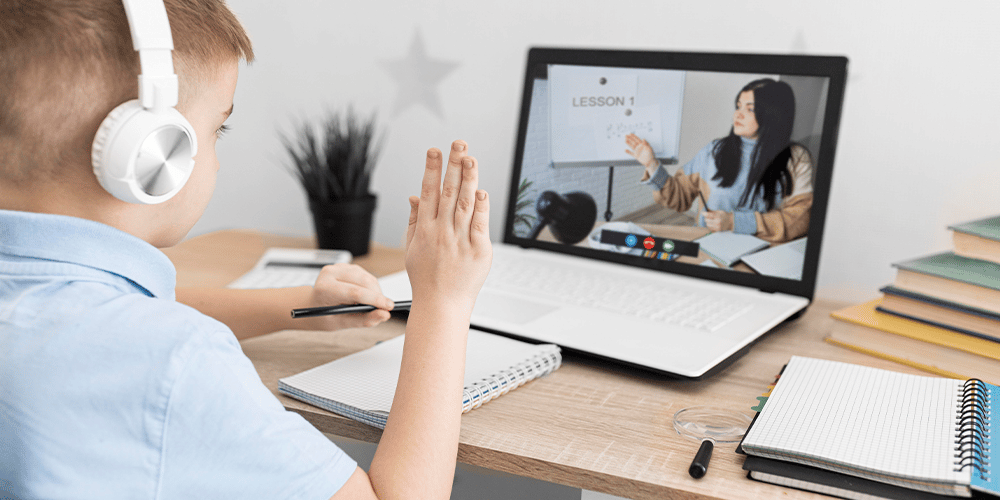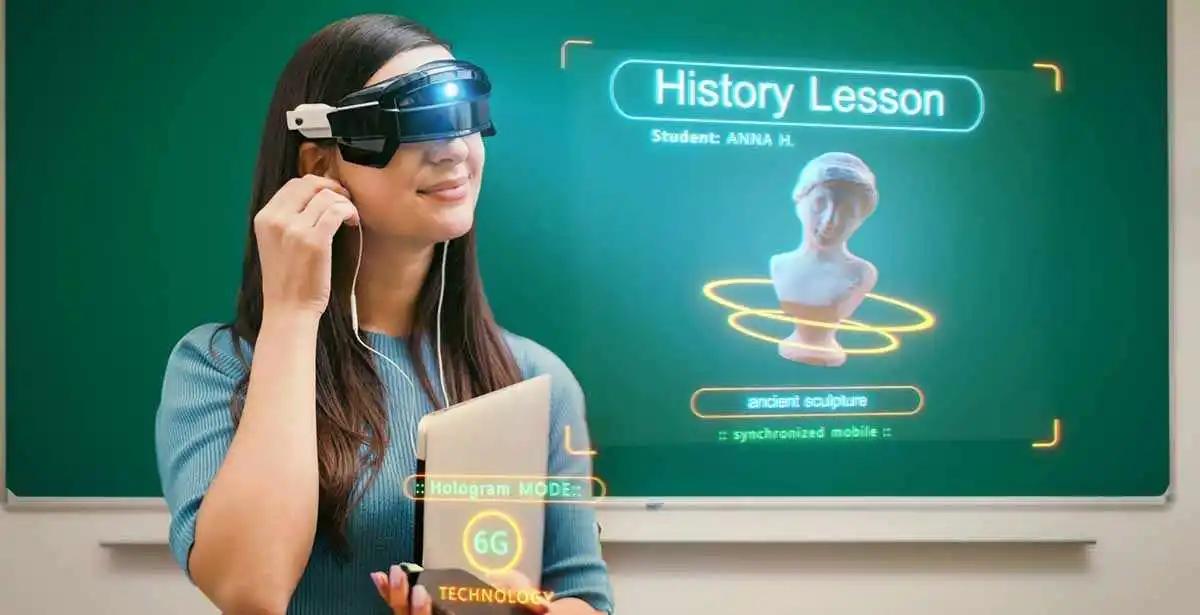The Impact of Technology on Classroom Learning
 Technology has become an integral part of modern education, revolutionizing the way students learn and teachers instruct. The integration of technology in classrooms has brought about significant transformations, reshaping traditional teaching methods and enhancing educational outcomes. From interactive whiteboards to educational software and online resources, technology offers a myriad of tools and resources that enrich the learning experience. This article explores the mixed impact of technology on classroom learning, highlighting its benefits, challenges, and future implications.
Technology has become an integral part of modern education, revolutionizing the way students learn and teachers instruct. The integration of technology in classrooms has brought about significant transformations, reshaping traditional teaching methods and enhancing educational outcomes. From interactive whiteboards to educational software and online resources, technology offers a myriad of tools and resources that enrich the learning experience. This article explores the mixed impact of technology on classroom learning, highlighting its benefits, challenges, and future implications.
Enhanced Engagement and Interaction
 Technology facilitates active learning experiences by engaging students in interactive and dynamic educational activities. Interactive whiteboards, multimedia presentations, educational apps, and virtual simulations captivate students' attention and stimulate their participation. These interactive tools foster collaboration, critical thinking, and problem-solving skills, as students actively engage with the content and each other.
Technology facilitates active learning experiences by engaging students in interactive and dynamic educational activities. Interactive whiteboards, multimedia presentations, educational apps, and virtual simulations captivate students' attention and stimulate their participation. These interactive tools foster collaboration, critical thinking, and problem-solving skills, as students actively engage with the content and each other.
Personalized Learning Opportunities
Technology enables personalized learning experiences tailored to individual students' needs, preferences, and learning styles. Adaptive learning platforms, intelligent tutoring systems, and personalized learning software analyze students' performance data to provide customized instruction and adaptive feedback. This personalized approach allows students to learn at their own pace, receive targeted support, and pursue areas of interest, promoting academic growth and achievement.
Access to Information and Resources
The digital age has democratized access to information and resources, leveling the playing field for students regardless of their geographical location or socioeconomic background. The internet serves as a vast repository of educational content, including online textbooks, academic journals, multimedia resources, and educational videos. Moreover, online learning platforms and open educational resources (OER) offer free or low-cost access to high-quality educational materials, expanding learning opportunities for students worldwide.
Facilitation of Blended Learning Models

Cultivation of 21st Century Skills
 Technology integration fosters the development of essential 21st-century skills, such as digital literacy, information literacy, communication, collaboration, creativity, and critical thinking. Students learn to navigate digital tools and platforms effectively, discern credible information from misinformation, communicate and collaborate with peers using digital media, and create multimedia projects that demonstrate their understanding and creativity. These skills are vital for success in the digital age and the future workforce.
Technology integration fosters the development of essential 21st-century skills, such as digital literacy, information literacy, communication, collaboration, creativity, and critical thinking. Students learn to navigate digital tools and platforms effectively, discern credible information from misinformation, communicate and collaborate with peers using digital media, and create multimedia projects that demonstrate their understanding and creativity. These skills are vital for success in the digital age and the future workforce.
Challenges and Considerations
While technology offers numerous benefits for classroom learning, its integration also presents challenges and considerations that educators must address:
Access and Equity: Ensuring equitable access to technology and internet connectivity for all students remains a significant challenge, particularly in underserved communities with limited resources.
Digital Divide: The digital divide exacerbates existing inequalities in educational opportunities, as students from disadvantaged backgrounds may lack access to essential technology infrastructure and resources.
Technological Distractions: Technology can be a double-edged sword, as it may lead to distractions and off-task behavior if not used purposefully and responsibly.
Data Privacy and Security: Protecting students' privacy and data security is paramount when using educational technology platforms and online resources, requiring robust safeguards and compliance with data protection regulations.
Future Implications and Trends
Looking ahead, the integration of technology in classroom learning is poised to continue evolving, driven by emerging trends and innovations:
Artificial Intelligence (AI) and Machine Learning: AI-powered educational tools and intelligent tutoring systems will offer personalized learning experiences and adaptive feedback based on students' performance data.
Virtual and Augmented Reality (VR/AR): VR and AR technologies will immerse students in virtual learning environments, enabling interactive simulations, virtual field trips, and hands-on learning experiences.
Gamification and Game-Based Learning: Gamified learning platforms and educational games will motivate students, enhance engagement, and promote active learning through game mechanics and incentives.
Conclusion
The impact of technology on classroom learning is profound and multifaceted, offering enhanced engagement, personalized learning opportunities, access to information, and the cultivation of essential 21st-century skills. While technology presents challenges and considerations, its integration holds immense potential to revolutionize education and prepare students for success in the digital age and beyond. By leveraging technology effectively and responsibly, educators can empower students to thrive in an increasingly digital and interconnected world.










































































